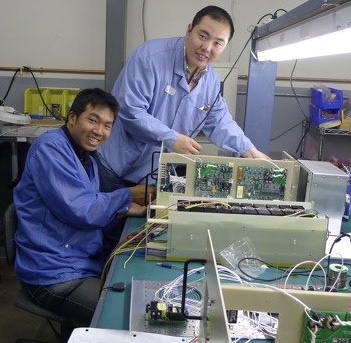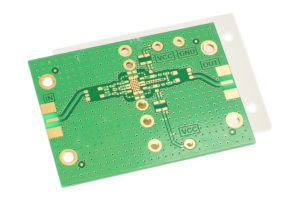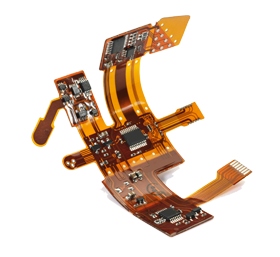-
There is constantly a need for all circuit board repair and rework. ACME PCB Assembly provides common rework and modification services for your existing printed circuit boards. We will custom fit our service to our clients needs by using a wide variety of leading-edge technology. We have highly skilled staff that will complete your project on time or as a 1-day assembly. ACME PCB Assembly provides refinishing and repairs of all types of electronic printed
-
Cable Assemblies include one or more wires that run together in a single sleeve with a connector or plug on each end. Cable assemblies could be groups of wires or cables bundled together. They are wrapped in a thermoplastic or vinyl sleeve, cable assemblies are ideal for directing groups of wires and cables around obstacles. Cable assemblies are designed to perform specific functions that is determined by the plugs, terminals, and connectors that are found on each end.
-
Printed Circuit Boards (PCBs) are the backbone of modern electronic devices. From smartphones to industrial machinery, PCBs ensure that electrical components are connected and function properly. Whether you’re developing a small prototype or scaling up production, good PCB design practices are critical to success. Here are some expert tips to help you design efficient, high-quality PCBs. 1. Plan Your Layout Strategically The layout of your PCB can make or break your design. Start by organizing
-
The design rules for flex turnkey PCB assembly is very similar to the design rules for traditional PCBs. Traditional PCBs and flex flex turnkey PCB assembly share some similarities in the manufacturing process as well. To start, the flexible circuit board material (typically copper clad Polyimide) is chosen, drilled, plated, photo-imaged, and imprinted just like the conservative PCB process. Next, both PCBs and flex turnkey PCB assemblies involve the panels being baked to remove any
-
In today’s fast-paced technology landscape, using high-quality PCBs in your projects is essential for success. Printed circuit boards form the backbone of countless devices, from smartphones to industrial machines, and their performance can make or break your innovation. Ensuring that the printed circuit boards you select meet rigorous standards and are produced under stringent quality control measures is key to delivering reliable, durable, and efficient products. When working on any tech-driven project, it’s crucial to








